Within the rich energy level structure of molecules, transitions with advantageous properties for precision studies and molecular quantum technologies can be found [1]. However, in the absence of closed cycling transitions and frequencies ranging from MHz for hyperfine transitions to GHz in rotational transitions and THz in ro-vibrational transitions [2], efficient cooling of translational degrees…
Author: Noah Tajwar
Bosonic codes comprise a paradigm for quantum computing and quantum error correction where quantum information is encoded in continuous degrees of freedom such as modes of radiation or motion. In particular, Gottesman-Kitaev-Preskill (GKP) codes [1] are promising candidates for bosonic quantum information processing, in which quantum error correction has recently been demonstrated both in superconducting…
Cat qubits encode quantum information in the metastable states of a quantum harmonic oscillator, offering robust protection to bit-flip errors. This talk presents a cat qubit with bit-flip durations over ten seconds, greatly surpassing both previous implementations of the qubit and the lifetime of its components. This is achieved through a new quantum tomography method…
Few electron atoms and molecules such as H, He(+), H2(+) and He2(+) are simple enough for their properties to be calculated exactly from first principles (QM, QED). Comparison with precision-spectroscopic data enables one to test the calculations, reduce the uncertainties of fundamental constants and determine particle properties (e.g. α, mp/me and RH) or may allow…
Fault-tolerant Quantum Computers threaten the current cryptographic mechanisms on which the security of our day-to-day communication relies. Extensive research is conducted to find, so-called, Post-Quantum cryptographic primitives. In other words, cryptographic tools that should be hard to break for a quantum computer at scale. However, the security of these solutions is still reliant on a…
Practical Quantum Algorithms
In this talk, I will delve into obvious, less obvious, and subtle challenges, as well as good practices for developing quantum algorithms in pursuit of practical quantum advantage. This is defined as achieving a quantum algorithm faster than the best possible classical algorithm for a genuinely relevant problem in science and technology. I will place…
Quantum Causal Models
Inferring cause and effect relations from observed correlations is a fundamental aspect of science. A causal modelling framework has been formulated to describe correlations among classical random variables arising from a causal structure and has found diverse applications in machine learning, economics, and clinical trials. However, experimental violations of Bell inequalities demonstrate the inadequacy of…
Emerging quantum technologies, including quantum computers and quantum simulators, crucially rely on high-quality qubits. However, even state-of-the-art qubits are susceptible to errors caused by noise processes, which impose constraints on the device performance. Standard approaches to quantum error correction aim to suppress these errors by introducing redundancy based on coupling a large number of qubits,…
In recent years, the excitement around NISQ algorithms has diminished, partly due to the performance limitations of existing quantum computers. Devices with more qubits and lower error rates are necessary to realize the potential of quantum computing. In the first half of this talk, I will illustrate these performance limitations with the example of the…
Nitrogen-vacancy (NV) center in diamond, a spin qubit with long coherence time up to room temperature, has been demonstrated as a powerful tool for various quantum technologies, especially for quantum sensing. In this presentation, I will show its promising application for investigating nanoscale electronic transport phenomena in condensed matter physics, specifically, hydrodynamic flow in graphene.…
